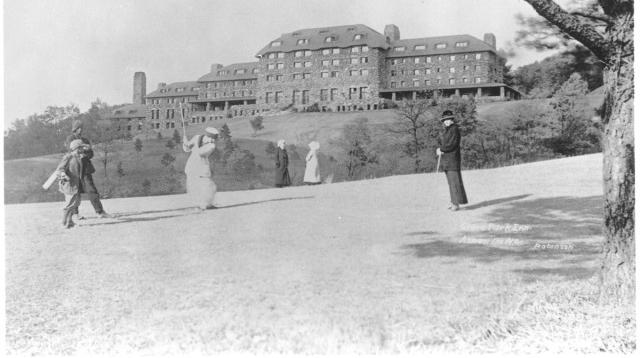There’s much more to the island of Cuba than the widespread images of barefoot children playing in the streets, laundry hanging in pathetic backyards, and dilapidated buildings crumbling from decades of neglect.
And Michael Connors has the pictures to prove it.
For the past five years, he’s been writing and collaborating on photography with Brent Winebrenner, and will publish “The Splendor of Cuba” (Rizzoli, 2011) on October 4. It’s a 320-page book jam-packed with color photographs of 450 years of spectacular Cuban architecture, including many shots of rarely-seen castles and villas built for sugar barons from the Colonial era.
“I’m enthralled with the people and the architecture of Cuba,” says Connors, who holds a Ph.D. in decorative arts from New York University. “I’m also interested in the history of the country – not just how wealthy it was, but how prosperous too. You can find every style of architecture in the past 500 years expressed one way or another in Cuba.”
Connors serves on the board of the non-profit Fundacion Amistad, the New York-based organization dedicated to fostering better mutual understanding and respect between the people of the United States and Cuba.
It was a connection that proved its worth when he and Winebrenner sought to photograph Finca Vigia, or Lookout Farm, where Ernest Hemingway lived from 1939 to 1960. “People are not allowed in – you can view the interior from the doors and windows, but that’s all,” he says of the home 10 miles southeast of Havana. “One of Hemingway’s granddaughters was there doing a modeling gig when we were there, and she wasn’t even allowed in.”
Connors and Winebrenner, though, were granted free rein of the interior, for a series of naturally lit photographs that depict the property as impeccably maintained as the day the Pulitzer Prize-winning writer left. In 11 photographs spread out over six pages in the book, the viewer is privy to the author’s desks, books, trophies, furnishings – and even his bedspreads, as though the author might slip in for a nap at any moment.
“It’s elegant in its simplicity and plainness,” says Connors. “He had the furnishings for his house built in the same way he wrote – true to himself, with no pretentiousness.”
To be sure, Connors says, there are plenty of buildings in Cuba that are in far worse shape than Hemingway’s perfectly preserved abode.
But there’s an amazing amount of stunningly beautiful architecture there too.
And an audience just 90 miles away that’s primed and ready to experience it.
[slideshow id=480]
For more on “The Splendor of Cuba,” go to http://www.rizzoliusa.com/book.php?isbn=9780847835676
For more on Fundacion Amistad, go to http://www.fundacionamistad.org/

